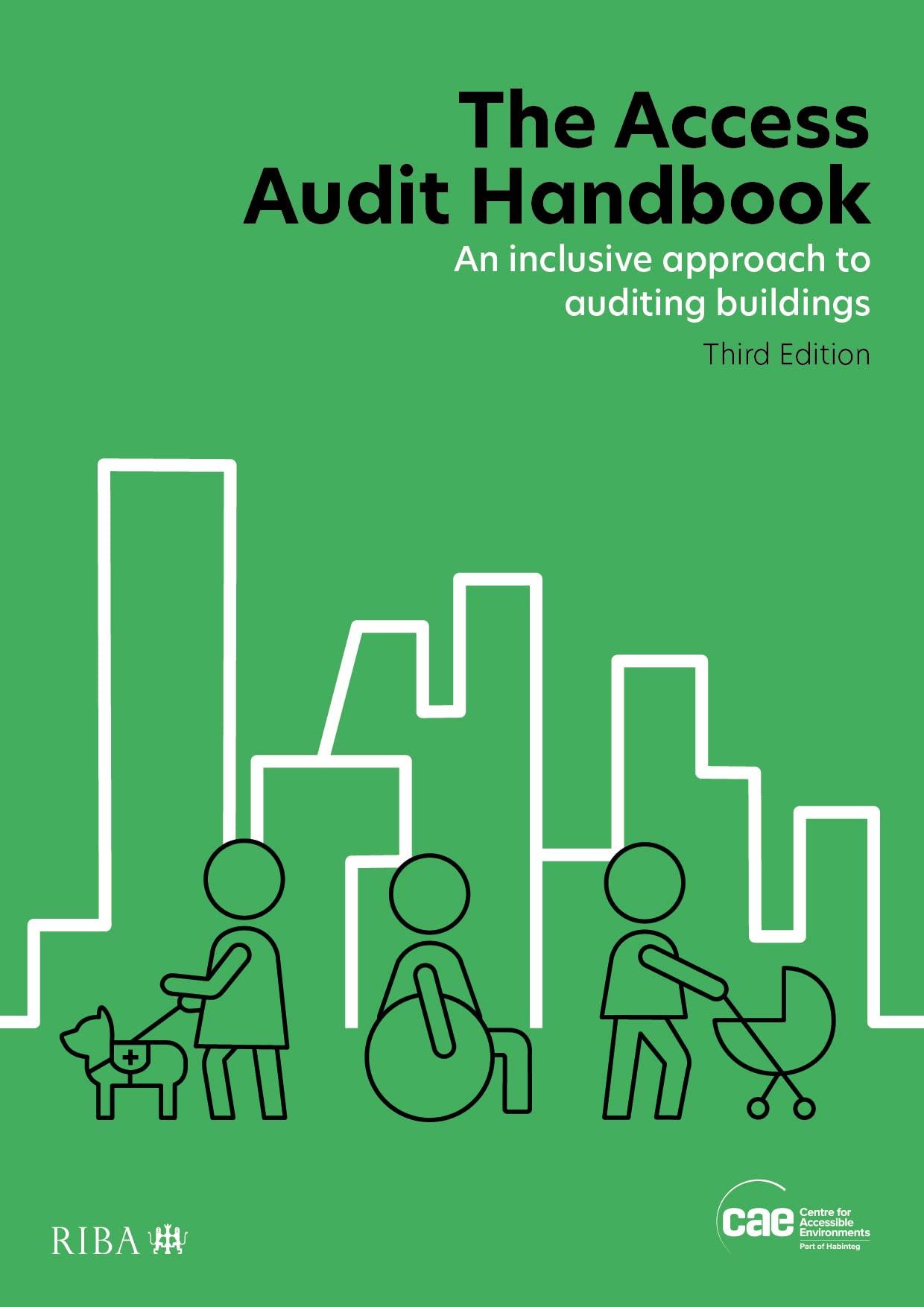
QUESTION 10 (TOTAL = 8 MARKSI Suppose that an investor (denoted "Investor 1") calculates the spread of a particular bond, s, based on the past 300 trading days, to be distributed normally with a mean of 0.03% and a standard deviation of 0.05%. Note that the spread of a bond on a particular day is defined to be s = M-T where M is the yield to maturity used by the market on that day and Tis the yield to maturity the investor believes should be used to price the bond on that day. Now suppose that another investor denoted "Investor 2") attempts to use rich-cheap analysis to price the same bond. This investor calculates the spread, based on the past 300 trading days to be distributed normally with a mean of -0.02% (note that this is a negative number) and a standard deviation of 0.04% Also we define US where mand o are the mean and standard deviation of S respectively, for a particular investor, and both investors use U to transform their individual spread distribution. (a) (2 marks) In your own words, explain what is meant by rich-cheap analysis. (b) (3 marks) Suppose that on a given day, the yield to maturity of a bond, based on observed bond prices, is 6% pa nominal. Investor 1 believes the yield to maturity for this bond on this day should be 6.08% (using their valuation model) while Investor 2 believes the yield to maturity for this bond should be 5.97% By performing appropriate calculations, calculate whether investor 1 would trade with investor 2. HINT: For each investor, calculate when they would buy or sell the bond based on their own individual spread distribution (0) (3 marks) What risks are there in implementing rich-cheap analysis? How are these overcome in practice in the implementation of the strategy? QUESTION 10 (TOTAL = 8 MARKSI Suppose that an investor (denoted "Investor 1") calculates the spread of a particular bond, s, based on the past 300 trading days, to be distributed normally with a mean of 0.03% and a standard deviation of 0.05%. Note that the spread of a bond on a particular day is defined to be s = M-T where M is the yield to maturity used by the market on that day and Tis the yield to maturity the investor believes should be used to price the bond on that day. Now suppose that another investor denoted "Investor 2") attempts to use rich-cheap analysis to price the same bond. This investor calculates the spread, based on the past 300 trading days to be distributed normally with a mean of -0.02% (note that this is a negative number) and a standard deviation of 0.04% Also we define US where mand o are the mean and standard deviation of S respectively, for a particular investor, and both investors use U to transform their individual spread distribution. (a) (2 marks) In your own words, explain what is meant by rich-cheap analysis. (b) (3 marks) Suppose that on a given day, the yield to maturity of a bond, based on observed bond prices, is 6% pa nominal. Investor 1 believes the yield to maturity for this bond on this day should be 6.08% (using their valuation model) while Investor 2 believes the yield to maturity for this bond should be 5.97% By performing appropriate calculations, calculate whether investor 1 would trade with investor 2. HINT: For each investor, calculate when they would buy or sell the bond based on their own individual spread distribution (0) (3 marks) What risks are there in implementing rich-cheap analysis? How are these overcome in practice in the implementation of the strategy







